GreenTech Grass Power Plant: Grow Your Own Electricity
GreenTech Grass offers two reliable, cost-effective options for green electricity production: direct combustion in 100% biomass power plants or anaerobic digestion to produce biomethane for generator-powered electricity. Co-locating a GreenTech Grass plantation with the power plant minimizes logistics and costs.
Direct Combustion-Overview
Direct Combustion-Overview
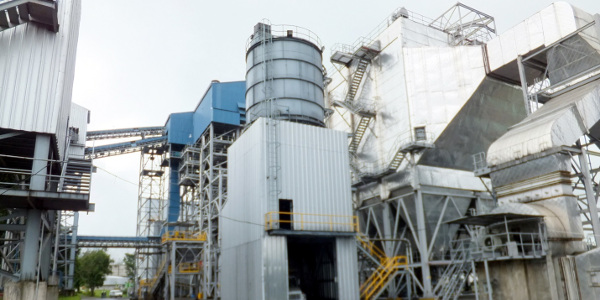

Direct combustion biomass electric power plant with view of combustion
GreenTech Grass, with its dependable energy characteristics comparable to corn straw, ensures uninterrupted, consistent fuel supply for biomass power plants. Its rapid growth supports continuous 24/7 operations, crucial for stable electricity production. Direct combustion systems burn the biomass to generate high-pressure steam, which drives turbines connected to generators, producing electricity efficiently. Advanced cogeneration facilities further optimize energy use by capturing waste heat and secondary steam, repurposing it for heating, industrial processes like ethanol production, or drying materials, maximizing both efficiency and sustainability.
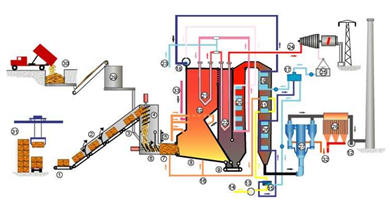

Schematic of the Direct Combustion Process
In a biomass power plant, fuel such as Giant King Grass is delivered and burned in a boiler, generating high-pressure steam. This steam drives a turbine connected to a generator, producing electricity.
Unique Adaptations for Grass Biomass
Unlike coal or wood, grasses like Giant King Grass require specialized boiler technology due to their distinct properties. Biomass power plants are typically smaller (10–35 MW) compared to coal power plants (500–2000 MW).
Advantages of Giant King Grass
Co-Location & Just-in-Time Harvesting: Year-round harvesting near the power plant eliminates baling and storage, reducing logistical costs.
Renewable Base Power: Giant King Grass delivers reliable, low-carbon electricity 24/7, essential for meeting consistent energy demands.
Cost Efficiency & Practicality
Direct combustion systems require modest capital investment with widely available equipment. Additionally, existing coal plants can be retrofitted to use up to 20% biomass pellets, though 100% biomass operations require specialized boilers.
This scalable, low-carbon solution is critical for sustainable power generation.
Biogas Power Plant-Overview
The generator on the left is driven by the steam turbine on the right, which converts high-pressure steam from the boiler into mechanical energy to produce electricity efficiently.
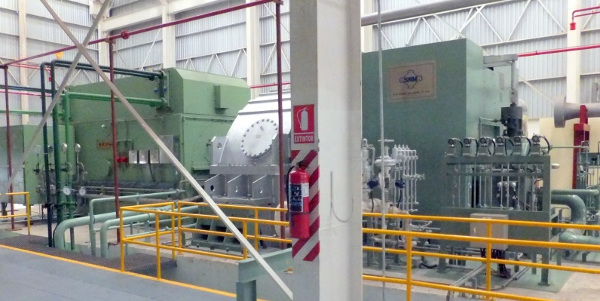

Anaerobic digestion is a biological process where microorganisms decompose biodegradable materials like Giant King Grass without oxygen. This process produces methane-rich biogas used for generating electricity and heat or refined into renewable natural gas and transportation fuels. The byproduct, organic fertilizer, can be sold or returned to the plantation, enhancing soil health. Anaerobic digestion mirrors the natural breakdown process in a cow's stomach.
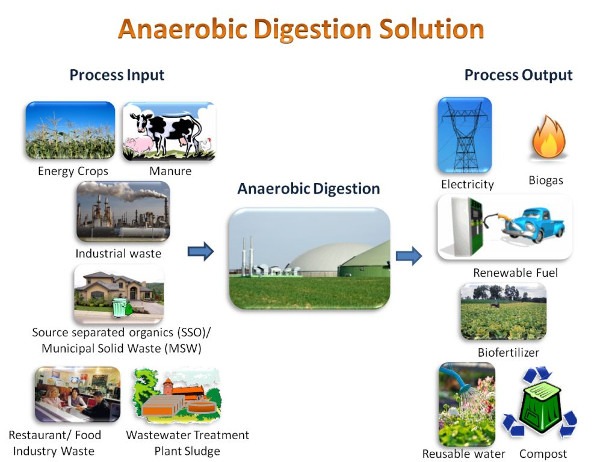

Giant King Grass is a highly effective feedstock for anaerobic digestion, suitable for use alone or combined with other organic materials. Extensive testing has shown that digestion of Giant King Grass produces biogas containing approximately 60% methane and 40% carbon dioxide. This biogas can directly fuel an internal combustion engine, powering a generator to produce reliable electricity.
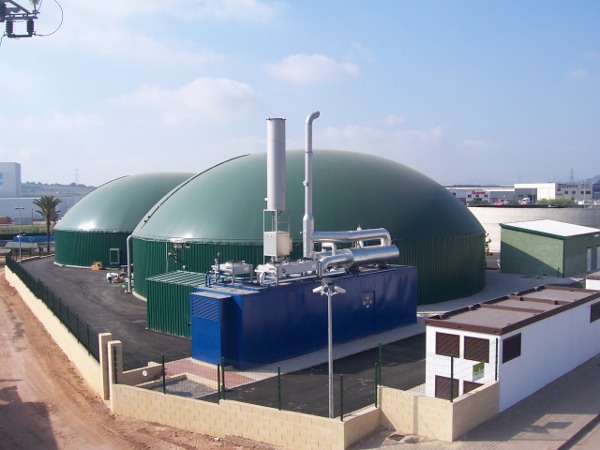

Biogas power plant. The domed structures are the digester
and the engine generator is in the blue structure in the
foreground with a typical engine generator shown in the insert.
Anaerobic digestion power plants are a mature and reliable technology, with over 17,000 operational in Europe alone. These plants are typically smaller than direct combustion plants, ranging in size from 0.5 to 10 megawatts. While costs have decreased recently, anaerobic digesters remain slightly more expensive per megawatt compared to larger direct combustion plants.
Engine generators for biogas power plants are widely available from reputable manufacturers, including Caterpillar, General Electric, MAN, MWM, as well as providers from India and China.
An appealing feature of biogas power plants is the ability to store biogas in an external gas holder, enabling the plant to adapt to fluctuating demand. Gas is produced continuously and stored in the gas holder, which functions similarly to a battery. During peak demand, the stored gas supplements the supply, while the gas holder is refilled during periods of lower demand.
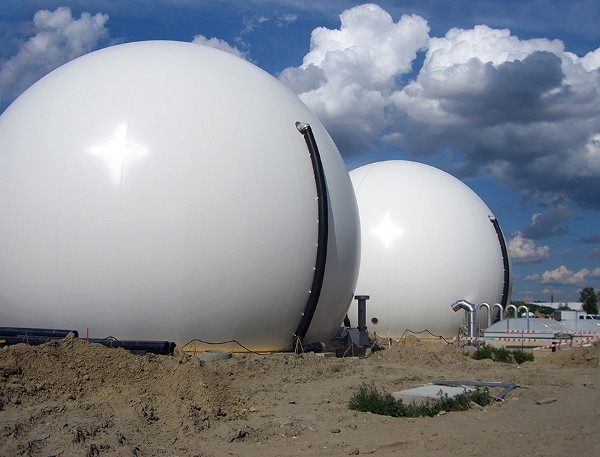

Example of an external biogas holder to store natural gas and enable the power plant to meet fluctuating demand.
HOME
ABOUT US
PRODUCTS
PROJECTS
TECHNOLOGY
SOLUTIONS
MEDIA CENTRE
CONTACT US
© 2024. All rights reserved.
PRODUCTS
BIOWATT COMPACT BIOMASS GASIFICATION POWER GENERATION SYSTEM
BIOMASS GASIFICATION POWER PLANT
BIOMASS GASIFIER
BIOMASS CARBONIZER
BIOMASS GASIFIER FOR GREEN-CHEMICAL
BIOMASS GASIFICATION BOILER
BIOMASS CARBONIZATION POWER PLANT
BIOMASS CARBONIZATION BOILER
COAL GASIFICATION POWER PLANT
COAL GASIFIER
WASTE GASIFIER
WASTE GASIFICATION POWER PLANT
SYNGAS GENERATOR SET
PRODUCER GAS GENERATOR SET
BIOMASS GAS GENERATOR SET
COAL GAS GENERATOR SET
GAS PURIFICATION SYSTEM
DECORBONIZATION
GREENTECH SOLAR
NANO HYDROPOWER
GREENTECH BATTERIES
HUSKTECH
CONTACT US
GREENTECH FUELS
GREENTECH HABITAT CENTER
CHOUPARAN, HAZARIBAGH, JHARKHAND, INDIA - 825406
📞 +91 6207423061
📞 +91 9973352599
www.greentechfuels.in
📧 info@greentechfuels.in


